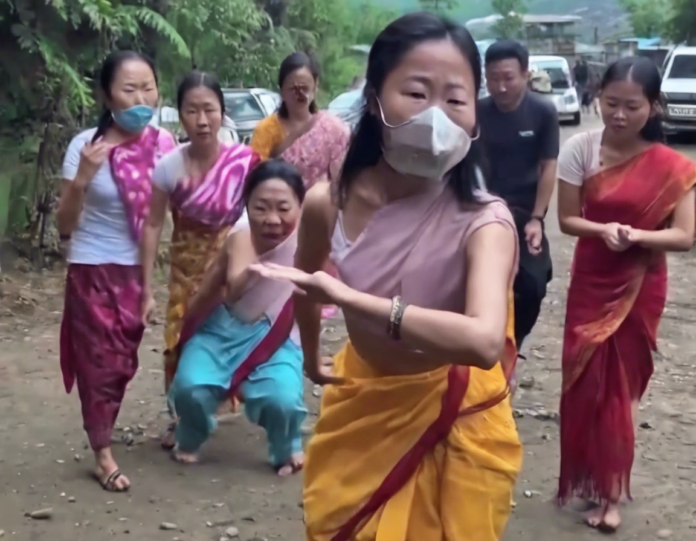In today’s digital age, viral videos have the power to sway public opinion, spark outrage, or even incite violence within a matter of minutes. Recent events surrounding a viral video from Manipur have once again brought into question the trustworthiness and authenticity of digital content. The video in question purportedly shows a heinous crime being committed, leading to widespread condemnation and calls for justice. However, as is often the case with viral content, the truth behind the video may not be as straightforward as it seems. In this in-depth analysis, we will unravel the complexities surrounding the Manipur viral video, examining the various factors at play and shedding light on the importance of fact-checking and contextual understanding in the digital age.
The Power of Viral Videos
Viral videos have become a powerful tool for disseminating information, shaping public discourse, and mobilizing action. With the click of a button, a video can reach millions of viewers across the globe, with the potential to influence opinions and behavior. In the case of the Manipur viral video, the graphic nature of the content and the emotional response it elicited from viewers contributed to its rapid spread across social media platforms. However, it is essential to recognize that viral videos are not always what they seem, and critical thinking is crucial when evaluating the authenticity and context of such content.
Fact-Checking in the Digital Age
In an era where misinformation and fake news abound, fact-checking has never been more important. The spread of false or misleading information can have serious consequences, from tarnishing reputations to inciting violence. When confronted with a viral video like the one from Manipur, it is essential to conduct thorough verification before jumping to conclusions. This includes analyzing the source of the video, cross-referencing information with reliable sources, and considering the potential bias or manipulation at play.
Context is Key
Context is often the missing piece of the puzzle when it comes to viral videos. What may seem shocking or outrageous out of context can take on an entirely different meaning when viewed within the broader framework of the situation. In the case of the Manipur viral video, delving into the historical and cultural background of the region can provide valuable insights into the factors influencing the events captured on camera. Without a thorough understanding of the context surrounding the video, it is easy to misinterpret or misrepresent the content, leading to further confusion and misinformation.
The Role of Social Media Platforms
Social media platforms play a significant role in the dissemination of viral content, acting as amplifiers that can quickly propel a video to virality. While social media has the power to raise awareness about important issues and facilitate grassroots movements, it also has the potential to magnify the spread of false information. In the case of the Manipur viral video, social media platforms were instrumental in bringing the video to public attention, but they also played a role in fueling speculation and sensationalism around the content.
The Importance of Responsible Sharing
As consumers of digital content, we all have a responsibility to engage critically with the information we encounter online. Before sharing a viral video or participating in online discourse, it is crucial to verify the authenticity of the content, consider the repercussions of sharing potentially harmful material, and approach the information with a skeptical eye. By promoting responsible sharing practices, we can help mitigate the spread of misinformation and contribute to a more informed and ethical online environment.
Frequently Asked Questions (FAQs)
1. How can I verify the authenticity of a viral video?
To verify a viral video, you can conduct a reverse image search, cross-reference information with trusted sources, and look for metadata that may provide clues about the video’s origin.
2. What should I do if I encounter a potentially harmful viral video?
If you come across a viral video that appears to be harmful or misleading, refrain from sharing it further and report the content to the relevant social media platform for investigation.
3. Why do viral videos have such a powerful impact on public opinion?
Viral videos are compelling because they evoke strong emotions and can convey complex issues in a concise and visually engaging format, making them memorable and persuasive.
4. How can I teach my children to approach viral videos critically?
Educate your children about the importance of fact-checking, contextual understanding, and media literacy to help them navigate the digital landscape responsibly and safely.
5. What are some reliable fact-checking resources I can use to verify viral content?
Sites like Snopes, FactCheck.org, and the International Fact-Checking Network (IFCN) are reputable sources for debunking myths and verifying the accuracy of viral content.








